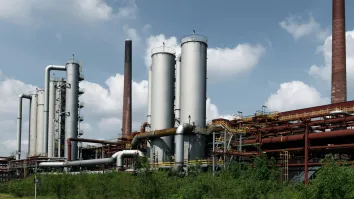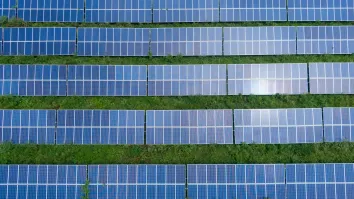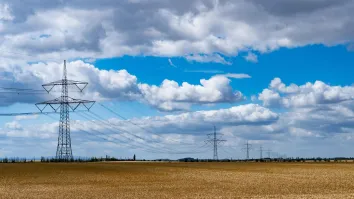
Indonesia’s captive coal power to breach 20 GW by 2026
It will be overtaking Australia.
Despite the Just Energy Transition Partnership, an initiative to mobilise financing to support a just energy transition in Indonesia, the country's coal power capacity is expected to continue its growth, possibly reaching 26.24 gigawatts (GW) by 2026.
According to a new analysis by the Centre for Research on Energy and Clean Air (CREA) and Global Energy Monitor (GEM), this projection includes 132 units of operational captive coal-fired power plants (CFPPs) totaling 15.2 GW and 11.04 GW of units under construction, pre-permitted, and announced phases.
The projected total capacity in two years is “greater than the total coal plant capacity of all of Australia in 2023 and would put captive in the largest share of Indonesiaʼs coal generation outside of PLN and IPPs, at nearly 40%.”
So far, the country’s coal power capacity saw a 15% increase, totalling 7.2 GW, from July 2023 and July 2024. Of this, 2.6 GW came from independent power producers (IPPs) and 4.5 GW from captive use, meaning new coal capacity for industry was nearly double that of coal for the national grid.
“Setting a clear and ambitious schedule for early CFPP retirement and renewables integration would not only support the government's climate targets, but also help to attract the clean energy investments Indonesia needs to secure a strategic position in the global RE supply chain,” said Katherine Hasan, analyst at CREA.
“Addressing the role of coal in Indonesiaʼs energy transition cannot be limited to the power sector. It is critical to set out a clear pathway for all captive power facilities,” said Lucy Hummer, senior researcher at GEM.
As a key supplier of critical minerals for the global clean energy transition, Indonesia needs to accelerate the retirement of captive coal-fired power plants and invest in clean energy solutions to decarbonise its energy-intensive industries, such as nickel production, Hummer added.

















 Advertise
Advertise







